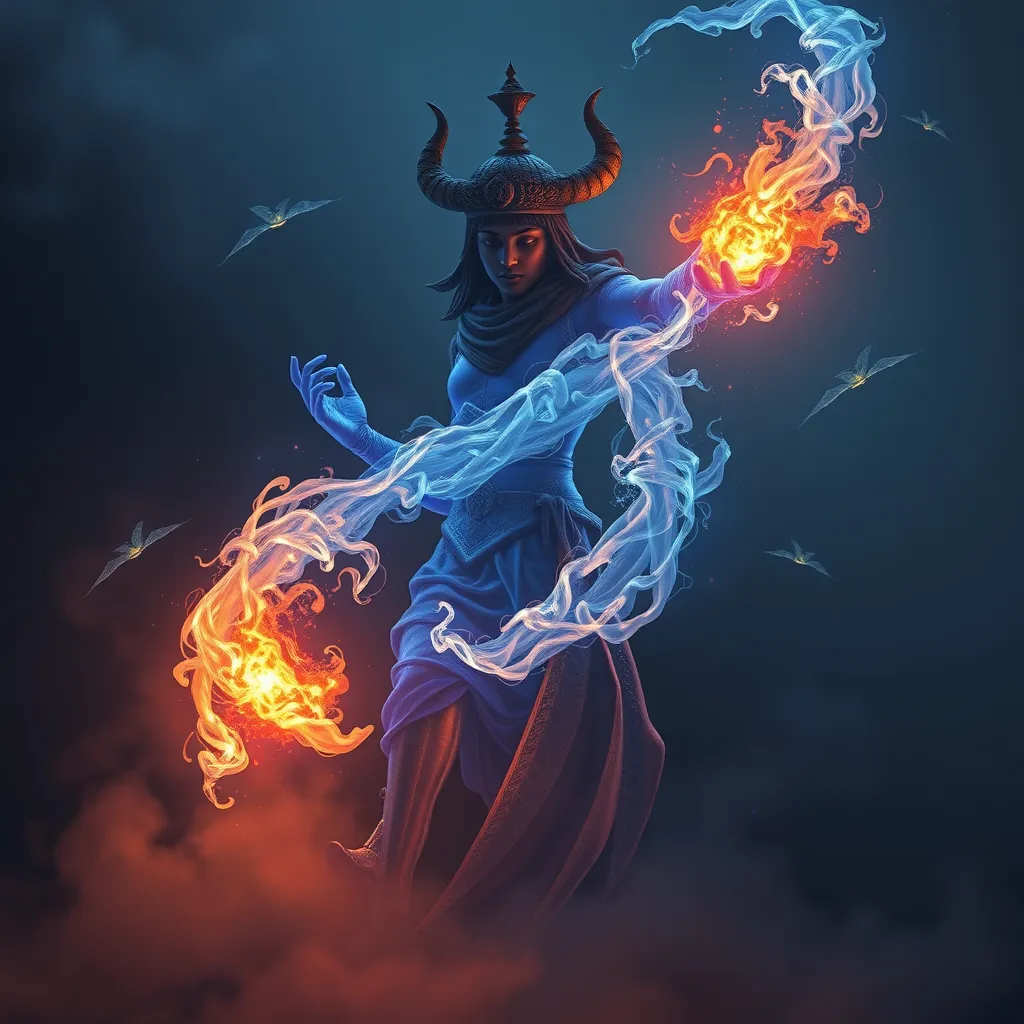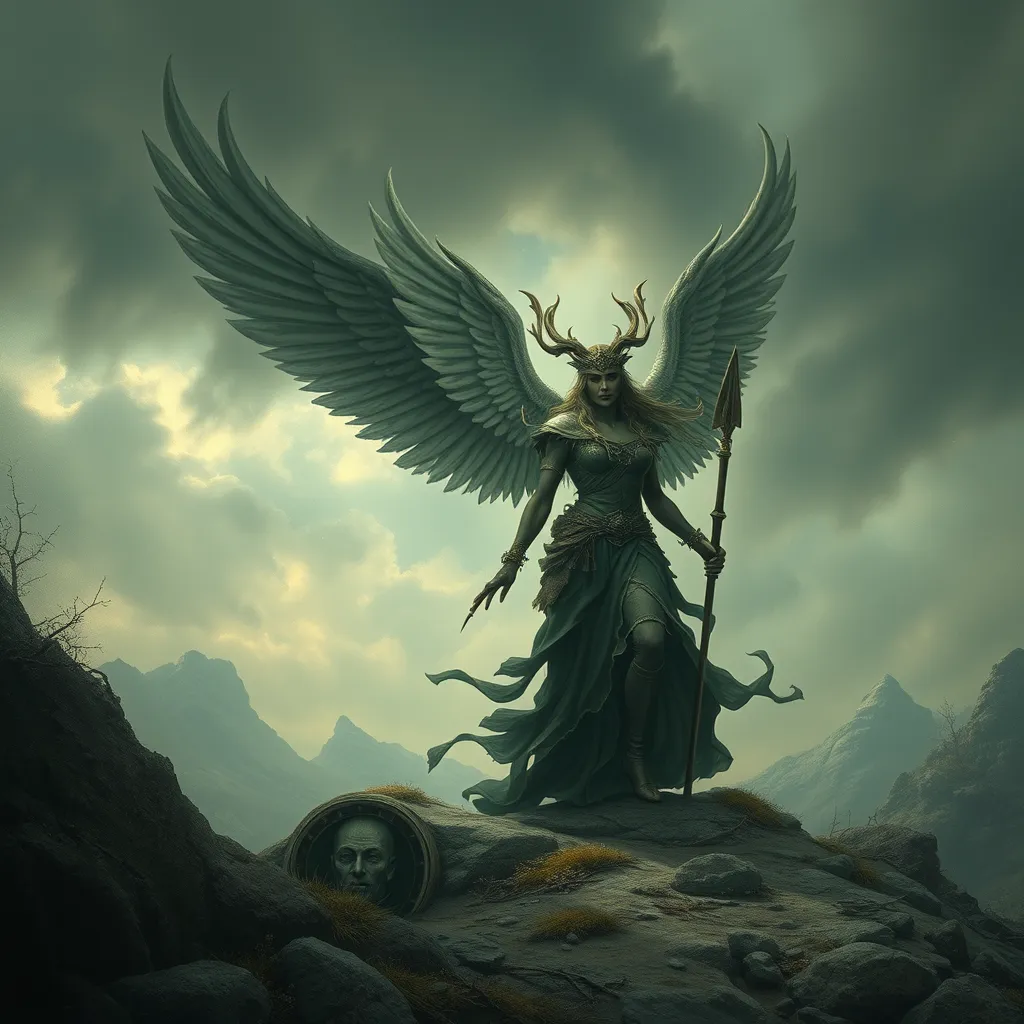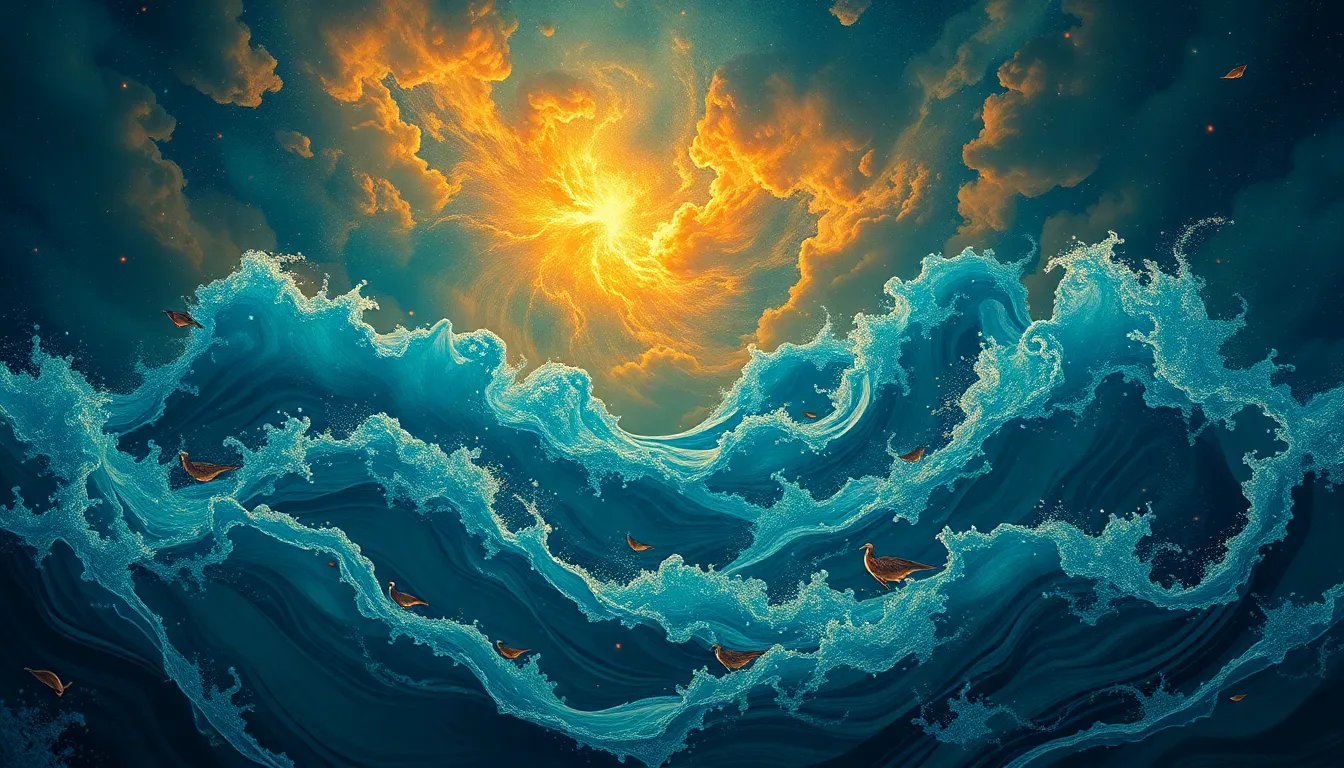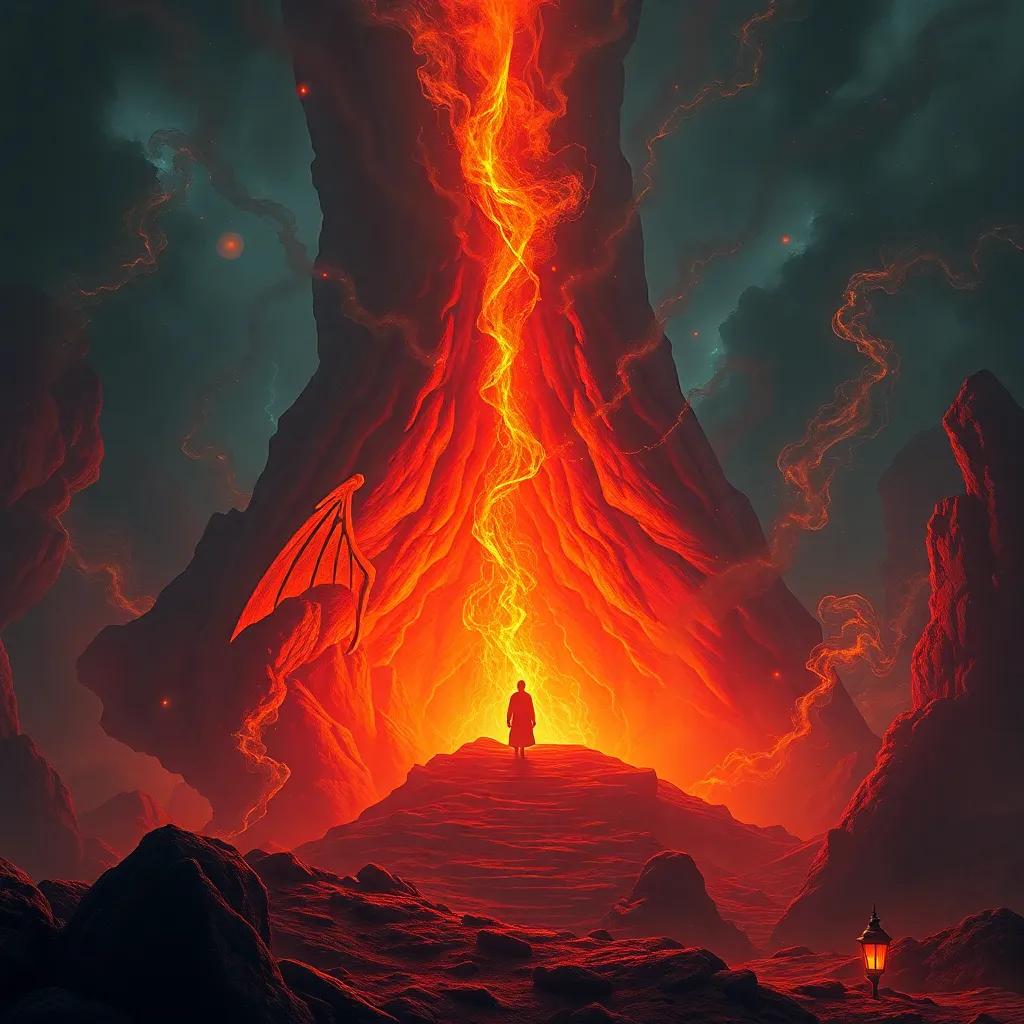Jinn and the Power of Imagination: The Role of Myth in Shaping Reality
I. Introduction
The concept of jinn, or djinn, varies across cultures, embodying a multitude of interpretations that reflect the values and fears of societies. In essence, jinn are supernatural beings found in Arabian folklore and later Islamic texts, often portrayed as entities that can influence human lives in both benevolent and malevolent ways. They are a testament to how imagination and myth play a crucial role in shaping reality.
This article aims to explore the intricate interplay between jinn, human imagination, and the fabric of reality. By delving into historical contexts, psychological perspectives, and cultural representations, we will uncover how myths serve as powerful tools in navigating human experiences.
II. Historical Context of Jinn in Mythology
The origins of jinn can be traced back to pre-Islamic Arabian folklore, where they were considered spirits of the wilderness, capable of both good and evil. They were often associated with natural phenomena and were believed to inhabit remote places.
With the advent of Islam, the perception of jinn evolved significantly. Islamic texts describe them as beings created from smokeless fire, possessing free will similar to humans. This reinterpretation allowed jinn to embody a more profound moral and spiritual significance, reflecting the societal values of the time.
- Jinn as guardians of sacred places
- Jinn as tricksters, embodying human folly
- Jinn representing the duality of good and evil
Throughout history, jinn have mirrored societal fears, serving as cautionary figures warning against hubris and moral transgressions.
III. The Nature of Imagination
Imagination is a complex psychological construct that allows individuals to visualize scenarios beyond their immediate reality. It plays a vital role in shaping beliefs, perceptions, and even our understanding of the world around us. From a psychological standpoint, imagination is not merely fanciful thinking; it serves as a cognitive tool that helps in problem-solving and coping with uncertainty.
In many cultures, imagination acts as a bridge to the unknown, enabling people to explore fears and desires without direct confrontation. This capacity for imaginative thought can lead to the creation of myths, such as those surrounding jinn, which provide frameworks for understanding complex emotional and existential questions.
IV. Jinn as Symbols of the Unconscious
Jinn can be seen as representations of the unconscious mind, embodying inner fears and desires that individuals may struggle to articulate. They serve as metaphors for the darker aspects of the self, often reflecting the conflicts and contradictions inherent in human nature.
Psychological archetypes, as proposed by Carl Jung, resonate strongly with the concept of jinn. These archetypes represent universal patterns of behavior and thought that manifest across cultures. Jinn can symbolize:
- The trickster archetype, representing chaos and unpredictability
- The shadow archetype, embodying aspects of the self that are often repressed
- The wise old man archetype, offering guidance and insight
Personal experiences with jinn in modern contexts often illustrate these themes, with individuals recounting encounters that challenge their understanding of reality and self.
V. Myth and Reality: The Interwoven Relationship
Myths serve not only as stories but also as frameworks through which cultures construct their realities. The narratives surrounding jinn have significantly shaped cultural norms and social behaviors, often dictating how communities respond to the unknown.
For instance, jinn myths encourage practices like:
- Rituals for protection against malevolent jinn
- Stories passed down through generations that reinforce moral lessons
- Community gatherings aimed at sharing experiences and interpretations of jinn encounters
This cyclical nature of myth creation and reinforcement highlights the dynamic relationship between belief and reality. As myths evolve, they continue to influence societal behaviors and perceptions, further entrenching their significance in daily life.
VI. The Influence of Jinn in Popular Culture
In contemporary literature, film, and art, jinn have been reinterpreted in various ways, reflecting modern anxieties and fascinations. From traditional tales to modern adaptations, the representation of jinn has diversified significantly.
Examples of jinn in popular culture include:
- The character of the Genie in Disney’s “Aladdin,” which has become an iconic representation of jinn in the West.
- Literary works that explore the darker aspects of jinn mythology, such as “The City of Brass” by S.A. Chakraborty.
- Artistic depictions that blend traditional motifs with contemporary themes, often exploring identity and otherness.
These modern interpretations affect contemporary beliefs, often blurring the lines between myth and reality, and inviting new discussions about the nature of these enigmatic beings.
VII. Imagination and Collective Consciousness
Shared myths play a crucial role in forming group identities, binding communities together through common narratives. The collective imagination shapes how societies perceive reality and navigate their existence.
Jinn, as a recurring motif across various cultures, serve as a common thread in the collective unconscious. This shared understanding influences how different societies address issues such as:
- Fear of the unknown
- Moral dilemmas
- Existential questions about life and death
Through the lens of jinn narratives, we can examine how collective imagination informs societal realities, reinforcing shared values while also allowing for individual expression within those frameworks.
VIII. Conclusion
In summary, the interplay between jinn, imagination, and reality reveals the profound significance of myth in human experience. From historical contexts to modern representations, jinn serve as reflections of societal fears, desires, and values.
The lasting relevance of jinn and myth underscores the need to embrace imagination as a means of exploring deeper truths about our realities. By acknowledging the power of myth, we can better understand ourselves and the world around us, allowing for a richer, more nuanced human experience.



